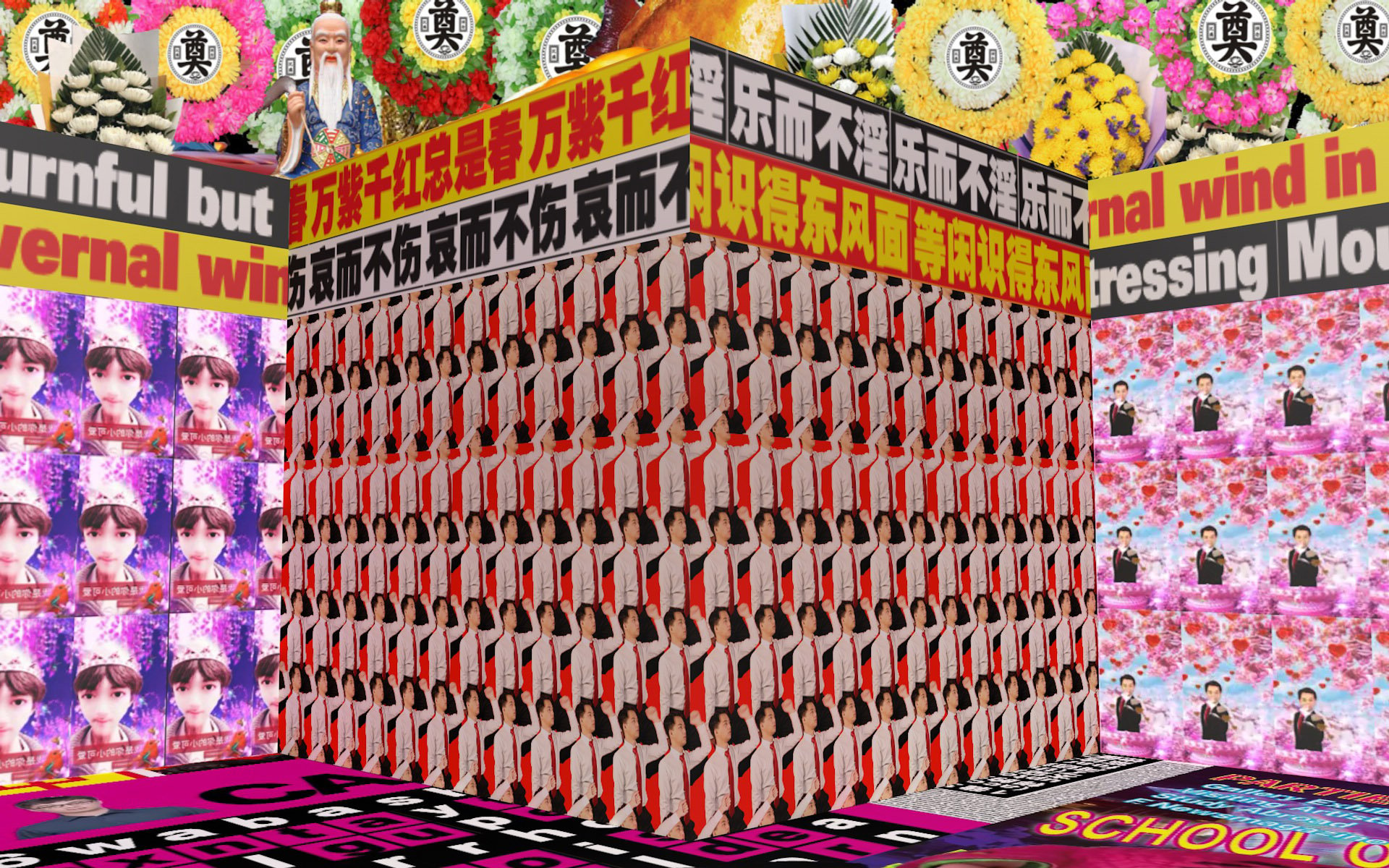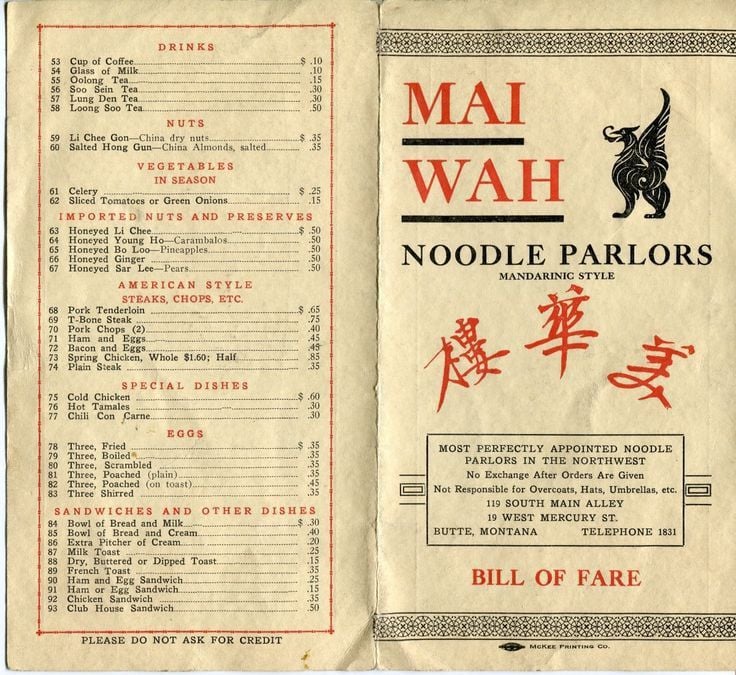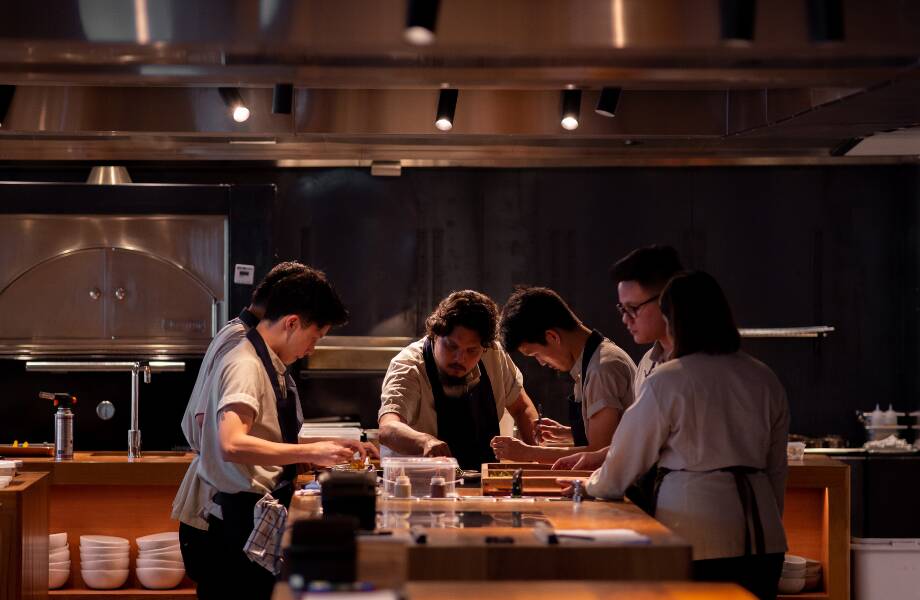This is Part 2 of a two-part series on the sudden rise in prominence of pu’er, a tea grown in China’s southwestern Yunnan province
Part 1:
![]() Prizing Pu’er: A Modern HistoryArticle Sep 27, 2017
Prizing Pu’er: A Modern HistoryArticle Sep 27, 2017
In 1994, a group of Taiwanese tea fanatics traveled to Yiwu in southern Yunnan province* in search of pu’er.
Pu’er tea — especially aged versions of it — had grown to be extremely popular in Taiwan, and these travelers were looking to get it from the source. Traveling with a flattened disk of condensed pu’er called a bing from before the Cultural Revolution, the travelers came to Yiwu expecting to see the flourishing tea mecca that it was in the Qing Dynasty. What they found instead was an underdeveloped countryside village that lacked basic infrastructure, like fully paved roads. They found tea makers who were more focused on quantity than quality, and they found that almost no one remembered how to press pu’er into a bing anymore.
When the traders told the farmers that an old bing of their tea was selling for more than 10,000 RMB (about $1,500), the farmers were shocked. For years their tea had been worthless on the local market. This sudden revelation sparked the revival of pu’er.
A pu’er documentary
In the years that followed, pu’er began to rise dramatically in popularity. In the early 2000s, the price skyrocketed hundreds of times over. So now we come to back to the question: what happened to pu’er when its popularity suddenly increased, and its farmers were faced with the prospect of much higher profits? I previously wrote about the negative effects sudden popularity wrought on the cultivation of another Chinese tea, tieguanyin. High demand overtook the farmers’ priorities, and the market was flooded with fakes:
 As Supply Meets Global Demand, Tea Quality DropsArticle Sep 12, 2017
As Supply Meets Global Demand, Tea Quality DropsArticle Sep 12, 2017
You can say popularity killed tieguanyin. In the case of pu’er, however, you can say it was popularity that saved it. As pu’er rose in popularity, and demand rose in the market, there wasn’t as much of an overbearing clearing of tea fields as there was for tieguanyin. The reason for this is that pu’er drinkers demanded something very specific: old trees.
You can say popularity killed tieguanyin. In the case of pu’er, however, you can say it was popularity that saved it.
Pu’er trees are some of the oldest in China. They can easily be 200-300 years old, and can sometimes break 700-800 years. When the tree is older, the roots are larger and go deeper into the soil to draw out more nutrients for the leaves. While the leaves on small trees are young and flimsy, the leaves from the older trees are more meaty and strong. The flavor of an old tree is more robust and complex, and takes on an olive oil-like quality to the body. The demand for these older trees prevented the farmers from cutting them down to make room for smaller trees.
Other farming practices, such as moderating the amount of space between trees and the lack of polarizing, were taken into account more than they were for other teas. It is demand that drives markets, and the demand for pu’er was focused very highly on quality, so that’s what the farmers focused on. It was the popularity of pu’er that allowed the farmers to focus on quality over quantity — now, not only did people ask for it, they would also pay a high price for it, releasing the farmers from an incentive to produce as much pu’er as possible.
Pu’er trees easily be 200-300 years old — sometimes they break 700-800 years
The pu’er market isn’t perfect. With the desire for old trees, or gushu, came a lot of fake gushu. It seems that these days every tea company has a gushu, and even the very term gushu is becoming more and more vague: each year it expands to include trees of a younger age.
Nonetheless, when we compare today’s pu’er market to that of the 1980s, we see a stark difference for the better. Quality is in higher demand, tea fields are kept in better condition, and the popularity of pu’er has even helped the reputation of the province of Yunnan as a whole. While it can be argued that it was popularity that almost killed tieguanyin, it is reasonable to argue that it was the factor that saved pu’er.
* Editor’s note: Yiwu here refers to a city in Mengla county, Xishuangbanna, a region of Yunnan province on China’s southwestern edge. Virtually all pu’er tea is grown in southern Yunnan. This Yiwu is not to be confused with the city of Yiwu in Zhejiang province to China’s southeast, famous for its small commodities wholesale market.
Cover image: Tea farmers in Yunnan collect leaves from a gushu (puerlife.com)
















